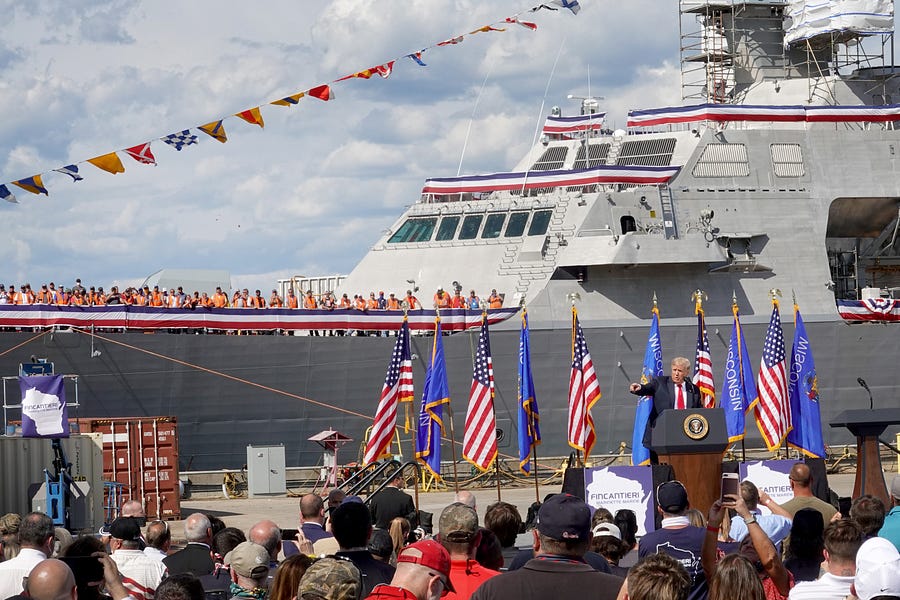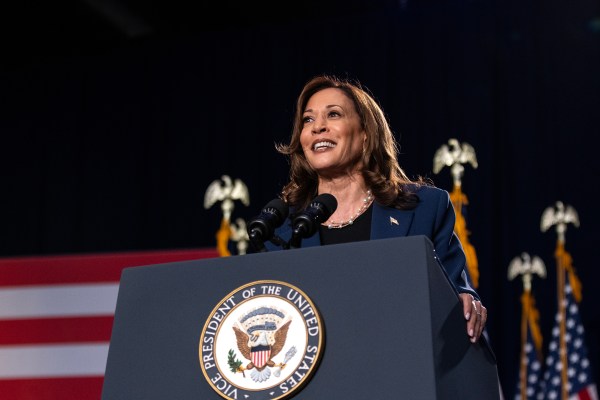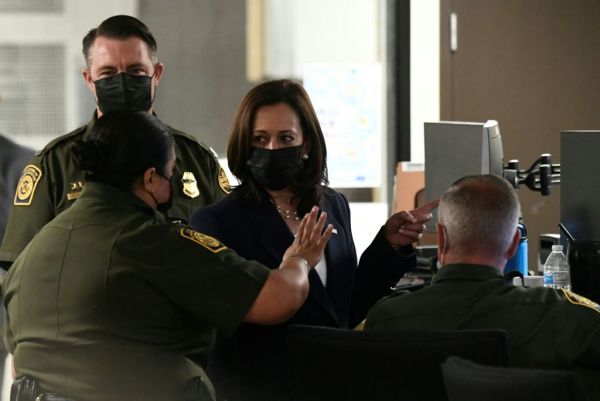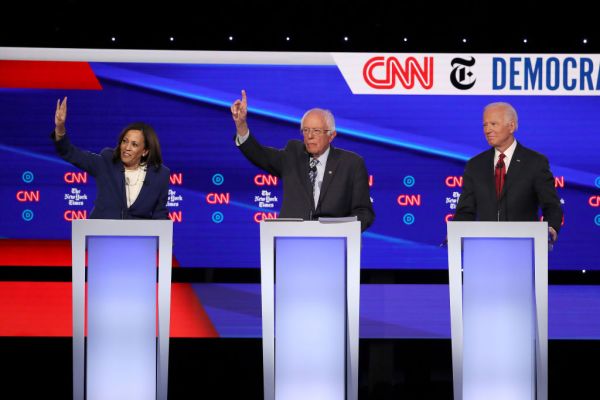In a recent op-ed in the Wall Street Journal, National Security Adviser Robert C. O’Brien and Russ Vought, director of the Office of Management and Budget, laid out a plan to dramatically increase the size of the Navy. As subsequent reporting from Bloomberg Government details, the plan calls for $167 billion to be spent from 2022 to 2026 on an additional 82 ships. The fleet, which today has fewer than 300 vessels, could grow to 355 ships in 10 years and 400 ships in 20.
The plan represents a prudent approach to our renewed great power competition with China and would ordinarily be greeted by navalists as representing much needed White House support for reinvigorated American seapower. Coming as it does however, five weeks before a presidential transition, the plan appears to be little more than a political ploy designed to contribute to the Trump team’s cynical attempt to box in the Biden administration. This is a good plan, put forward too late, under questionable motivation, and as such, it will likely be ignored as unrealistic. It did not have to be this way.
In a speech in September 2016, then-candidate Donald Trump promised to build a 350-ship Navy to address the decades-long decline in fleet size and the widely held perception that the Navy was too small for what it was being asked to do. Shortly after Trump’s victory, outgoing Obama administration Secretary of the Navy Ray Mabus released a “Force Structure Assessment” that increased the projected size of the Navy from 308 ships to 355 ships (although the actual size at the time was about 280 ships). This plan did cause tension within the Obama administration, but the stage was set for the Trump administration to deliver on its promise.
Had the Trump team come into office prepared to implement his promise, it would have found a willing partner in the Republican-controlled Congress. Historically, growing the Navy has required consistent presidential leadership and advocacy (in addition to congressional support for funding). While candidate Trump was happy to promise a larger fleet, the hard work of justifying it was not consistent with President Trump’s approach to governing, and the larger fleet went undelivered upon. Adding to the lack of priority given to growing the Navy was a series of tragedies and leadership scandals that raised basic questions of competence and confidence. Over time, the promise went unfulfilled and Congress became irritated with the Navy for seemingly not being able to deliver basic force planning documents upon which it relies for its oversight function.
To his credit, National Security Adviser O’Brien is widely credited with pushing the Department of Defense to deliver on Trump’s untended promise, and while the country battled the COVID virus this year, the Navy and the secretary of defense’s office spent considerable time on war-games and analysis designed to craft a fleet architecture appropriate for the growing threat of Chinese naval power in the Pacific and a resurgent Russian navy in the Mediterranean and Atlantic. The plan that O’Brien and Vought discussed in the Wall Street Journal is derived from this analytical work. Known as a “Thirty-Year Shipbuilding Plan,” this document is generally submitted along with the Department of Defense budget, and it provides Congress with detailed planning and budgeting for the next five years, along with planning considerations for 25 additional years. All things being equal, navalists tend to consider the first 10 years of these plans to be believable, the second 10 years to be a stretch, and the final 10 years to be mostly a guess. Since the document binds no one to anything, some have questioned its utility. Any idea that the shipbuilding industry is able to tie capital investment to the plan is unrealistic, but the process of creating the plan helps bring some clarity to at least the near term.
And it is in the near term that one of the greatest flaws of the plan becomes apparent. Fiscal year 2022 starts on October 1, 2021, less than 10 months from now. If Vought and O’Brien are to be believed, a shipbuilding industrial base that is already stretched to provide a handful of destroyers, submarines, logistics ships, and amphibious ships is going to flex to build this initial bounty of additional ships. But this immediate increase will be difficult if not impossible to digest for shipbuilders already dubious about adding even one additional submarine a year to the build plan, not to mention a plan that would ramp up production of the Navy’s new frigate even as Congress injects additional delay to the program.
Another serious flaw in the plan is the perception that building ships is all you need to do to rebuild a Navy. All of the other functions that go into “owning” a Navy have costs too, and those costs are related to fleet size. For example, today’s fleet of roughly 300 ships is a proxy for a Department of the Navy budget (Navy and Marine Corps) of about $207 billion. Increase that fleet to 355 ships and the budget looks more like $245 billion. Take it to 400 ships and it looks more like $276 billion. This figure not only buys and builds ships, but it funds the labor to man the ships and train those crews as well as to equip, modify, and maintain the vessels, along with filling many of the same functions for the shore infrastructure and all of the aircraft the Navy operates. The bottom line is that having the world’s most powerful Navy is expensive; growing it is a long-term commitment at considerable cost.
Putting aside these flaws, I do believe the basic Navy described by Vought and O’Brien is a sound response to the emerging security environment, and that is a shame, as there is doubt the plan will be of any use at all. Relying more heavily on stealthy attack submarines and more numerous, lethal surface combatants, in addition to additional unmanned capabilities on and under the ocean, the plan has merit even if it comes partially at the cost of a large, nuclear-powered aircraft carrier.
Releasing this plan now (irrespective of its virtue), rather than passing it along to the next administration with the budget work already done, can best be viewed as an attempt to score political points by putting forward a plan for a larger Navy for which the administration has been unwilling to do the heavy lifting thus far. When—as is almost inevitable—the Biden administration is forced to reconcile its national security planning with the need to buttress a plague-ravaged economy, Trump supporters will cynically point to their great plan and Biden’s unwillingness to implement it.
So what should the Biden team do? First, appoint credible people to civilian leadership in the Department of Defense and the Department of Navy. This has not been a Trump administration strength. Have these people fully price out the Trump farewell plan to get an idea what its true budgetary consequences would be—and then make these known. Next, rather than throw money into unachievable ship count numbers in the near term, the Biden administration could concentrate on building up precision-weapon stocks and robust networking options to better link together the fleet we have today.
In parallel, the new administration should make targeted capital investments in shipbuilding capacity designed to begin a more aggressive building program three or four years from now, betting on an economic comeback from the virus and building on greater industrial might. Make a larger and more powerful Navy a goal and place that goal within the priority structure of national security. Do not get dragged into silly arguments about numbers vs. capability; insist on both but maintain flexibility. Most importantly, they should not lose focus on the inextricable link between American national vitality and American seapower.
Bryan McGrath is the managing director of The FerryBridge Group LLC, a defense consultancy, where he counts the Navy as a client. These views are his own.








Please note that we at The Dispatch hold ourselves, our work, and our commenters to a higher standard than other places on the internet. We welcome comments that foster genuine debate or discussion—including comments critical of us or our work—but responses that include ad hominem attacks on fellow Dispatch members or are intended to stoke fear and anger may be moderated.